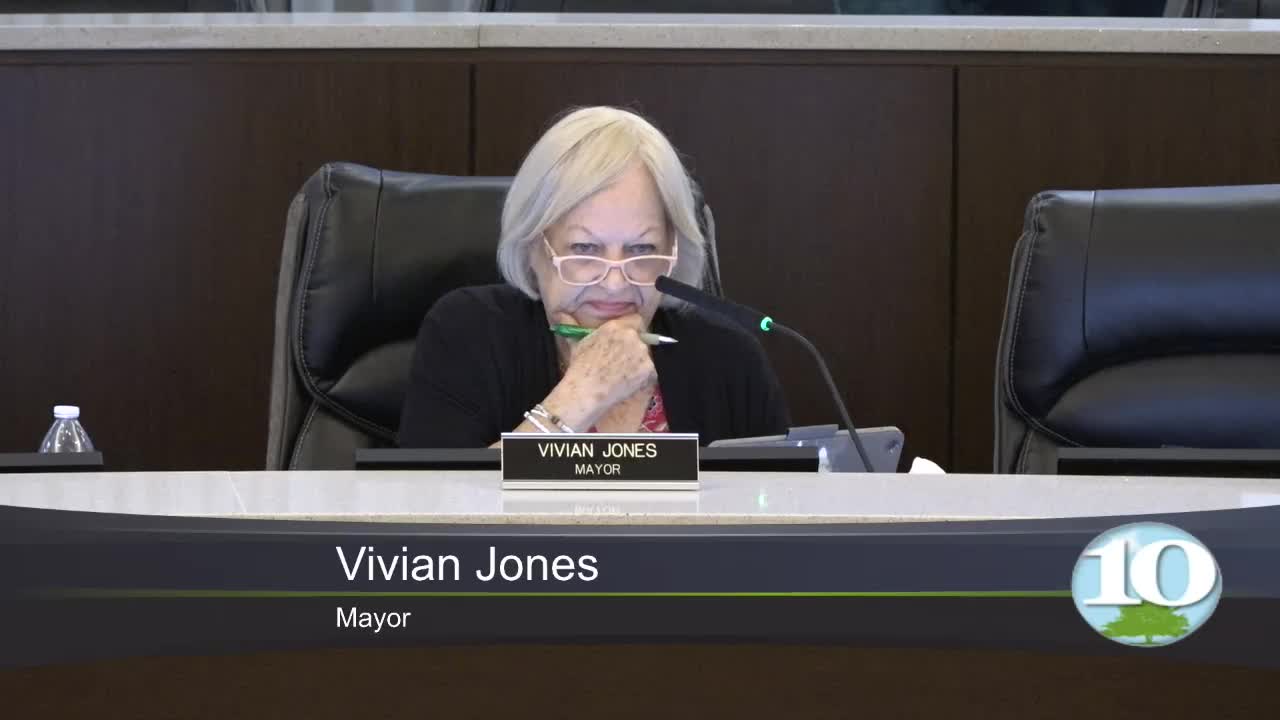Wake Forest pauses full UDO adoption pending changes tied to state law SB 382; staff recommends repeal-and-replace with public engagement
October 07, 2025 | Wake Forest, Wake County, North Carolina
This article was created by AI summarizing key points discussed. AI makes mistakes, so for full details and context, please refer to the video of the full meeting. Please report any errors so we can fix them. Report an error »

Town staff informed the council that the town’s planned adoption of the new Unified Development Ordinance (UDO) must be adjusted because of recently enacted state legislation, cited as SB 382 (Session Law 2024-57) and described as containing language on downzoning. Staff said they paused the UDO adoption to analyze impacts and are recommending a repeal-and-adopt process with ordinance revisions to avoid inadvertently reducing permitted uses or densities. The staff representative noted similar actions in peer communities and said that bills to exempt local governments had stalled at the legislature.
Why it matters: SB 382’s downzoning language could alter how the town implements the new UDO and map changes; staff said rolling forward without revision could reduce permitted uses or unintentionally downzone properties. The town has made draft UDO materials available online since last August and staff said the revisions will require additional public engagement and a revised timeline.
Timeline and engagement: Staff estimated roughly nine months to complete necessary ordinance revisions with a public-comment period, followed by an additional six months to repeal and adopt a new zoning map (12–15 months total in a best-case scenario). Staff said the public engagement period would be truncated because the draft had been available for public review since August, but they still plan two public hearings before the Board of Commissioners and postcards/notice to residents about the revision and hearings.
Questions and next steps: Council members asked if suggestions could be submitted; staff invited emailed proposals to staff (names provided) for consideration and said some ideas could be incorporated during the adoption process or handled later as text amendments. Staff pledged to notify the council of the schedule and to provide a public engagement program that will include hearings and outreach.
Ending: The council was briefed on the implications of SB 382, staff recommended proceeding with a coordinated repeal-and-adopt process that addresses state law constraints and preserves public engagement, and the timeline was projected at 12–15 months from the briefing.
Why it matters: SB 382’s downzoning language could alter how the town implements the new UDO and map changes; staff said rolling forward without revision could reduce permitted uses or unintentionally downzone properties. The town has made draft UDO materials available online since last August and staff said the revisions will require additional public engagement and a revised timeline.
Timeline and engagement: Staff estimated roughly nine months to complete necessary ordinance revisions with a public-comment period, followed by an additional six months to repeal and adopt a new zoning map (12–15 months total in a best-case scenario). Staff said the public engagement period would be truncated because the draft had been available for public review since August, but they still plan two public hearings before the Board of Commissioners and postcards/notice to residents about the revision and hearings.
Questions and next steps: Council members asked if suggestions could be submitted; staff invited emailed proposals to staff (names provided) for consideration and said some ideas could be incorporated during the adoption process or handled later as text amendments. Staff pledged to notify the council of the schedule and to provide a public engagement program that will include hearings and outreach.
Ending: The council was briefed on the implications of SB 382, staff recommended proceeding with a coordinated repeal-and-adopt process that addresses state law constraints and preserves public engagement, and the timeline was projected at 12–15 months from the briefing.
View full meeting
This article is based on a recent meeting—watch the full video and explore the complete transcript for deeper insights into the discussion.
View full meeting
